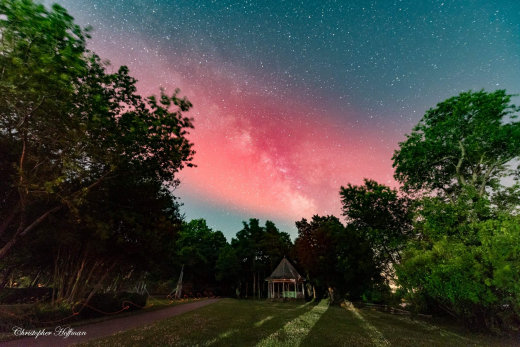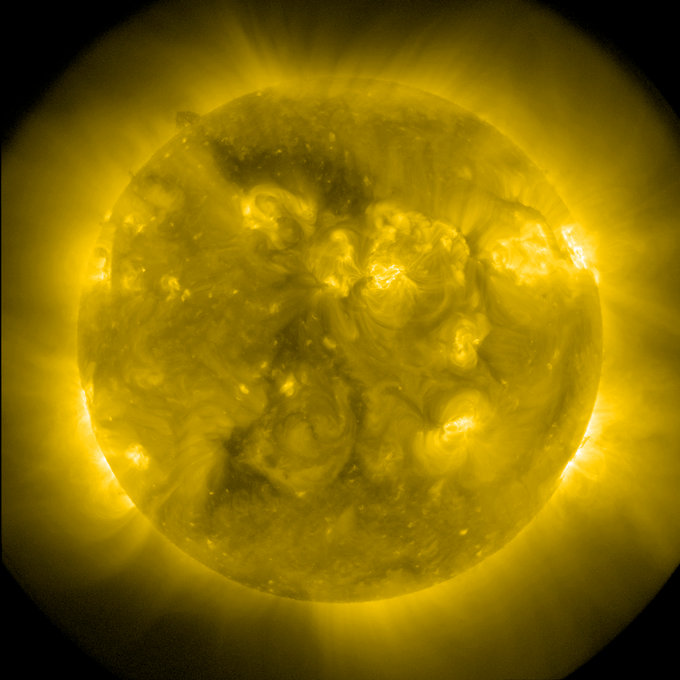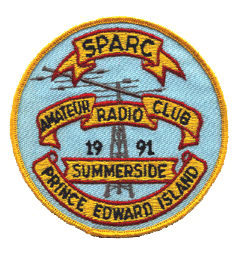SFI = 137 A index = 10 K index = 2 SSN = 112
SPACEX MYSTERY, SOLVED: The mystery of SpaceX’s “rocket powered auroras” has been solved. On Sunday morning, June 19th, SpaceX launched a Falcon 9 rocket from Cape Canaveral. Photographers accustomed to seeing these launches were surprised when something unusual appeared. A red glow stretched across the Milky Way. It looked like the aurora borealis, as shown in this photo from Christopher Hoffman in Saint Mary’s County, Maryland:

“I went out with some first time photographers to teach them how to set up their cameras for night sky photography,” says Hoffman. “We took a 30 second exposure, and when the exposure was finished I saw this red glowing area covering the Milky Way.”
Photographers in New York, Ohio, North Carolina and Tennesee saw it, too. The glow appeared about 10 minutes after the Falcon 9 rocket lifted off, and many observers likened its appearance to auroras. However, there was no geomagnetic storm in progress. It had to be the rocket.
What happened? Space physicist Jeff Baumgardner of Boston University has the answer: “This glow is probably the exhaust gasses from the rocket’s 2nd stage causing the ionosphere to recombine quickly. This is a well studied phenomenon when rocket engines are firing in the altitude regime 200-250 km.”
In simplified form, here is what happens: The upper atmosphere is filled with oxygen ions (O+). Of particular interest is the F-layer of the ionosphere, because it is rich in O+. When the Falcon 9 rocket reaches the F-layer, it adds water (H2O) and carbon dioxide (CO2) to the mix, spewing the molecules out of its engine. Oxygen ions are hungry for electrons, and the newly arriving molecules are eager to oblige. Electrons “re-combine” with oxygen. As electrons cascade down the oxygen atom’s energy levels, they emit red photos at a wavelength of 6300 Å–the same color as red auroras.
More images: from Josh Thum of Sevierville, Tennessee; from Brenda Calinawan of Kortright, New York; from David Cortner of Rutherford College, NC
NOAA STI
:Product: Geophysical Alert Message wwv.txt
:Issued: 2022 Jun 21 1830 UTC
# Prepared by the US Dept. of Commerce, NOAA, Space Weather Prediction Center
#
# Geophysical Alert Message
#
Solar-terrestrial indices for 20 June follow.
Solar flux 137 and estimated planetary A-index 10.
The estimated planetary K-index at 1800 UTC on 21 June was 1.
No space weather storms were observed for the past 24 hours.
No space weather storms are predicted for the next 24 hours.
NOAA Alerts
Space Weather Message Code: ALTEF3
Serial Number: 3248
Issue Time: 2022 Jun 21 1116 UTC
CONTINUED ALERT: Electron 2MeV Integral Flux exceeded 1000pfu
Continuation of Serial Number: 3247
Begin Time: 2022 Jun 18 1235 UTC
Yesterday Maximum 2MeV Flux: 2970 pfu
NOAA Space Weather Scale descriptions can be found at
www.swpc.noaa.gov/noaa-scales-explanation
Potential Impacts: Satellite systems may experience significant charging resulting in increased risk to satellite systems.


